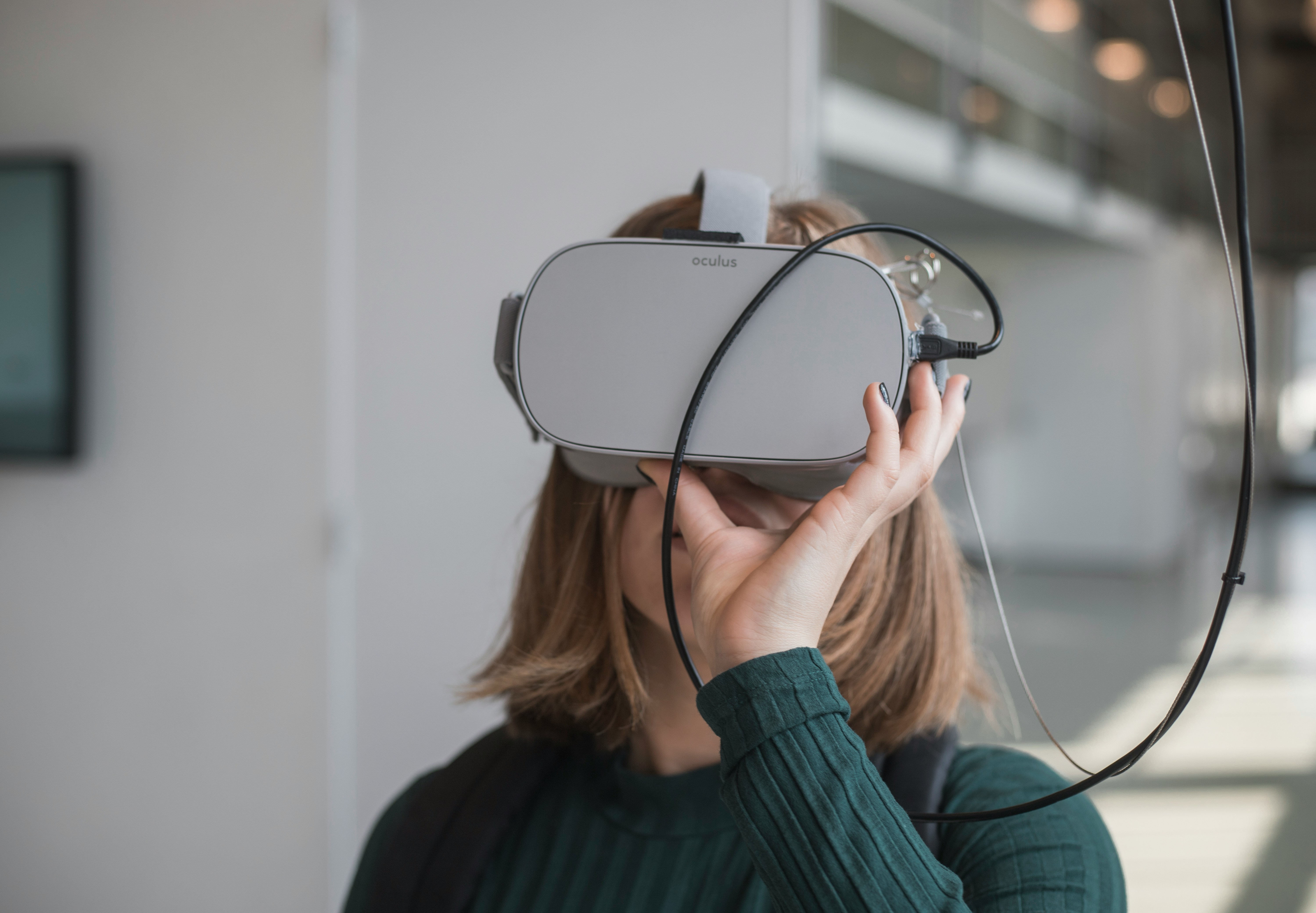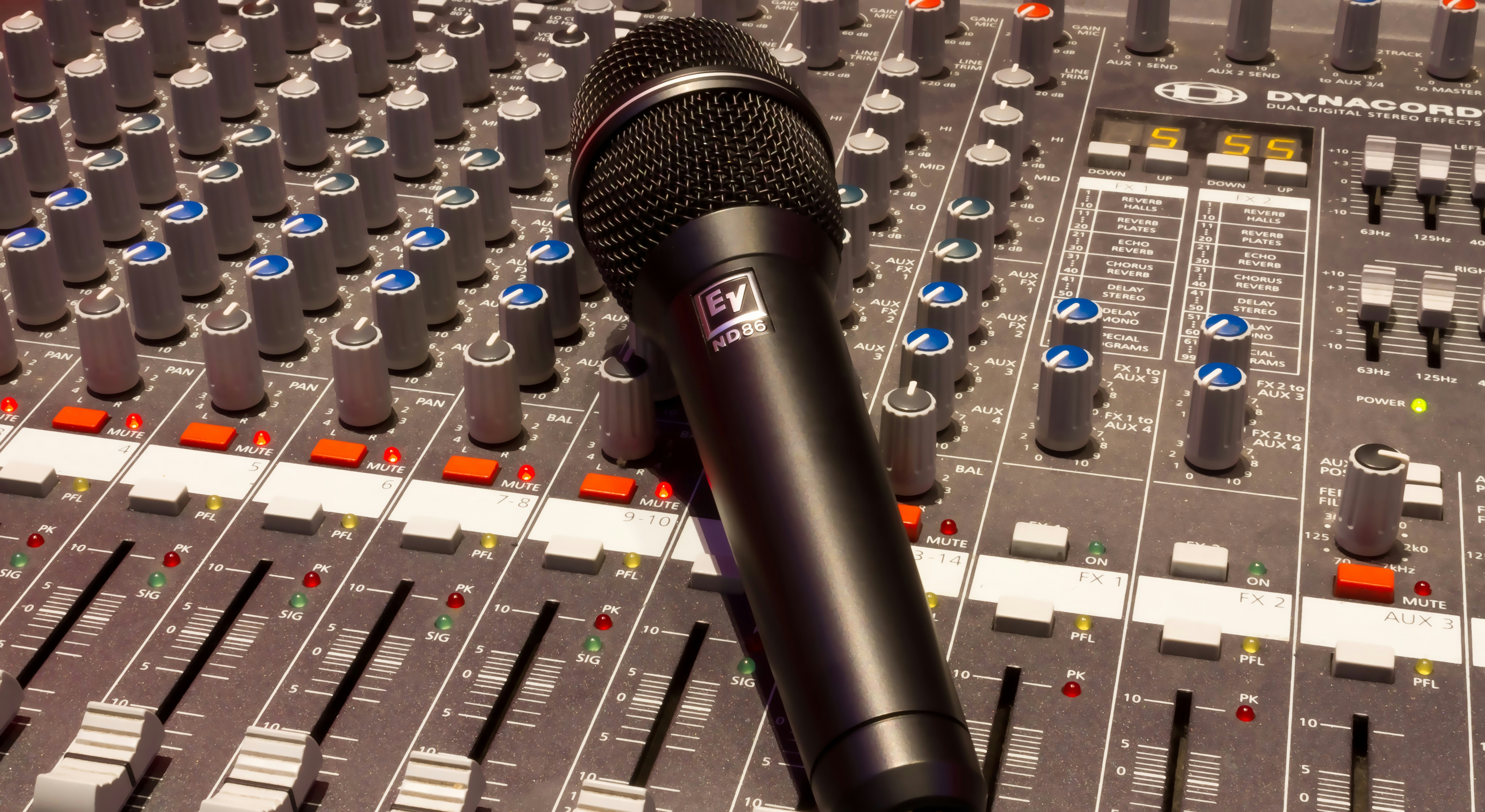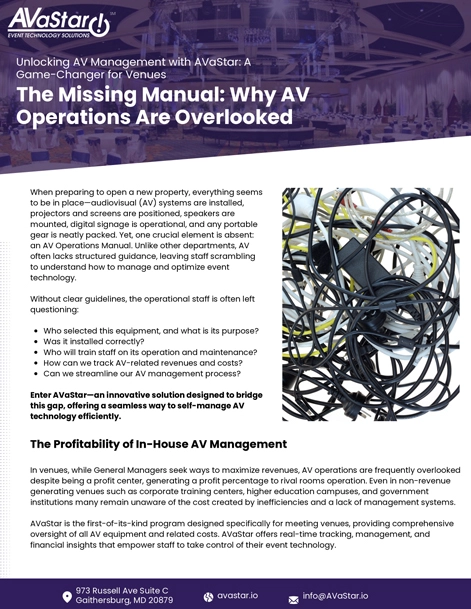Tips for Effective AV System Maintenance and Troubleshooting
Maintaining and troubleshooting audiovisual (AV) systems is crucial for ensuring their optimal performance and longevity. Regular maintenance and effective troubleshooting can help prevent system failures, minimize downtime, and provide a seamless AV experience for users. In this blog post, we will share valuable tips and best practices for effectively maintaining and troubleshooting AV systems.
1. Schedule Regular System Inspections:
Regular inspections are essential to identify potential issues before they escalate into major problems. Create a maintenance schedule to perform comprehensive system inspections, including visual checks, cable testing, equipment cleaning, and firmware updates. These routine inspections will help detect and address any equipment or connectivity issues proactively.
2. Keep Equipment Clean:
Dust, debris, and dirt can accumulate on AV equipment and affect its performance. Regularly clean projectors, screens, speakers, microphones, and other components using appropriate cleaning solutions and tools. Pay special attention to air vents, as clogged vents can cause overheating and damage the equipment. Clean connections and cables to ensure reliable signal transmission.
3. Update Firmware and Software:
Manufacturers often release firmware and software updates to improve system functionality, address bugs, and enhance compatibility. Stay up to date with the latest updates provided by the equipment manufacturers and install them regularly. Firmware updates are particularly crucial for AV control systems, projectors, and audio processors.
4. Implement Preventive Maintenance:
In addition to routine inspections, establish preventive maintenance procedures to extend the lifespan of your AV equipment. This may include tasks such as replacing projector lamps, checking and tightening connections, calibrating displays, and testing audio systems. By being proactive, you can prevent unexpected failures and reduce the frequency of troubleshooting scenarios.
5. Document System Configuration and Settings:
Maintaining detailed documentation of your AV system's configuration and settings is invaluable for troubleshooting and system recovery. Keep records of equipment models, serial numbers, network settings, cable connections, and control system programming. This documentation will expedite the troubleshooting process and ensure consistency when making changes or upgrades.
6. Provide User Training:
Most AV system issues are caused by user error or lack of understanding. Offer comprehensive training to users on how to operate and maintain the AV system correctly. Cover topics such as powering on and off the equipment, connecting devices, selecting input sources, adjusting volume levels, and basic troubleshooting techniques. Well-trained users will be more confident and less likely to encounter preventable
issues.
7. Create a Troubleshooting Guide:
Develop a troubleshooting guide specific to your AV system. Include step-by-step instructions for common issues such as no video signal, distorted audio, or control system malfunctions. The guide should also cover basic troubleshooting techniques like checking connections, rebooting equipment, and verifying settings. Make this guide easily accessible to your team responsible for AV support team and users.
8. Perform Regular Cable Testing:
Faulty cables can lead to signal loss, audio/video distortion, or intermittent connectivity issues. Regularly test cables using cable testers or diagnostic tools to identify any faults or breaks. Replace damaged cables promptly to ensure reliable signal transmission and prevent system downtime.
9. Maintain an Inventory of Spare Parts:
Having a stock of essential spare parts can significantly reduce downtime during troubleshooting and repairs. Identify critical components that are prone to failure and keep spare parts readily available. These may include projector lamps, connectors, adapters, and common cables. Consult with your AV integrator or supplier to determine the most appropriate spare parts for your system.
10. Establish a Support Network:
Collaborate with AV integrators, manufacturers, and experienced technicians to establish a support network. Maintain contact information for reliable technical support and reach out to them when encountering complex issues or for guidance on troubleshooting. A strong support network can provide invaluable expertise and assistance when needed.
Conclusion
Effective maintenance and troubleshooting practices are essential for keeping your AV system running smoothly and minimizing disruptions. By implementing regular inspections, cleaning equipment, staying updated with firmware/software, and providing user training, you can optimize the performance and longevity of your AV system. Remember to document system configurations, create a troubleshooting guide, and keep spare parts on hand for efficient troubleshooting and repairs. With these tips, you can ensure better AV experiences and maximize the return on your AV technology investment.
Remember, AVaStar is here to support you with professional AV services, including maintenance, troubleshooting, and consulting. Contact us today to learn more about how we can help you achieve better meetings and gain control over your AV technology services.
‹ Back










connect with us: